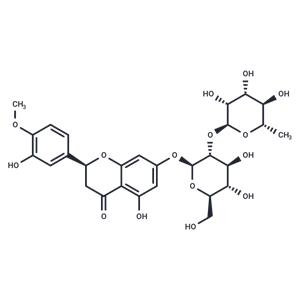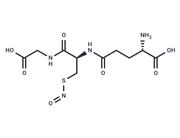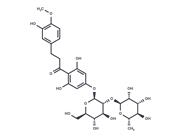| Name | Neohesperidin |
| Description | Neohesperidin (NSC-31048) with antioxidant and neuroprotective properties. Unlike other citrus flavanones, it does not inhibit oral carcinogenesis in a rat model. |
| In vivo | Neohesperidin, administered at a dose of 50 mg/kg, significantly reduces the occurrence of HCl/ethanol-induced gastric lesions by 55.0%. In studies involving pylorus-ligated rats, this compound notably decreases both the volume of gastric secretion and gastric acid output, while simultaneously increasing gastric pH[1]. Additionally, neohesperidin treatment markedly improves glucose metabolism and insulin sensitivity in diabetic mice, evidenced by substantial reductions in fasting glucose, serum glucose, glycosylated serum protein (GSP), serum triglycerides, total cholesterol, and leptin levels, alongside a decrease in the liver index. It also enhances oral glucose tolerance and reduces insulin resistance in these mice[3]. |
| Storage | Powder: -20°C for 3 years | In solvent: -80°C for 1 year | Shipping with blue ice. |
| Solubility Information | DMSO : 50 mg/mL (81.89 mM)
H2O : < 1 mg/mL (insoluble or slightly soluble)
Ethanol : < 1 mg/mL (insoluble or slightly soluble)
|
| Keywords | Inhibitor | inhibit | NSC-31048 | NSC31048 | Neohesperidin |
| Inhibitors Related | Thiamine monochloride | 2-Heptanol | Butylated hydroxytoluene | Hydroquinone diacetate | Propyl gallate | L-Tartaric acid | Sulbutiamine | m-Coumaric acid | L-Cystine | Chrysin |
| Related Compound Libraries | Traditional Chinese Medicine Monomer Library | Bioactive Compound Library | Selected Plant-Sourced Compound Library | Natural Product Library | Anti-Inflammatory Traditional Chinese Medicine Compound Library | Saccharide and Glycoside Natural Product Library | Neuroprotective Compound Library | Anti-Aging Compound Library | Bioactive Compounds Library Max | Food as Medicine Compound Library |

 United States
United States



